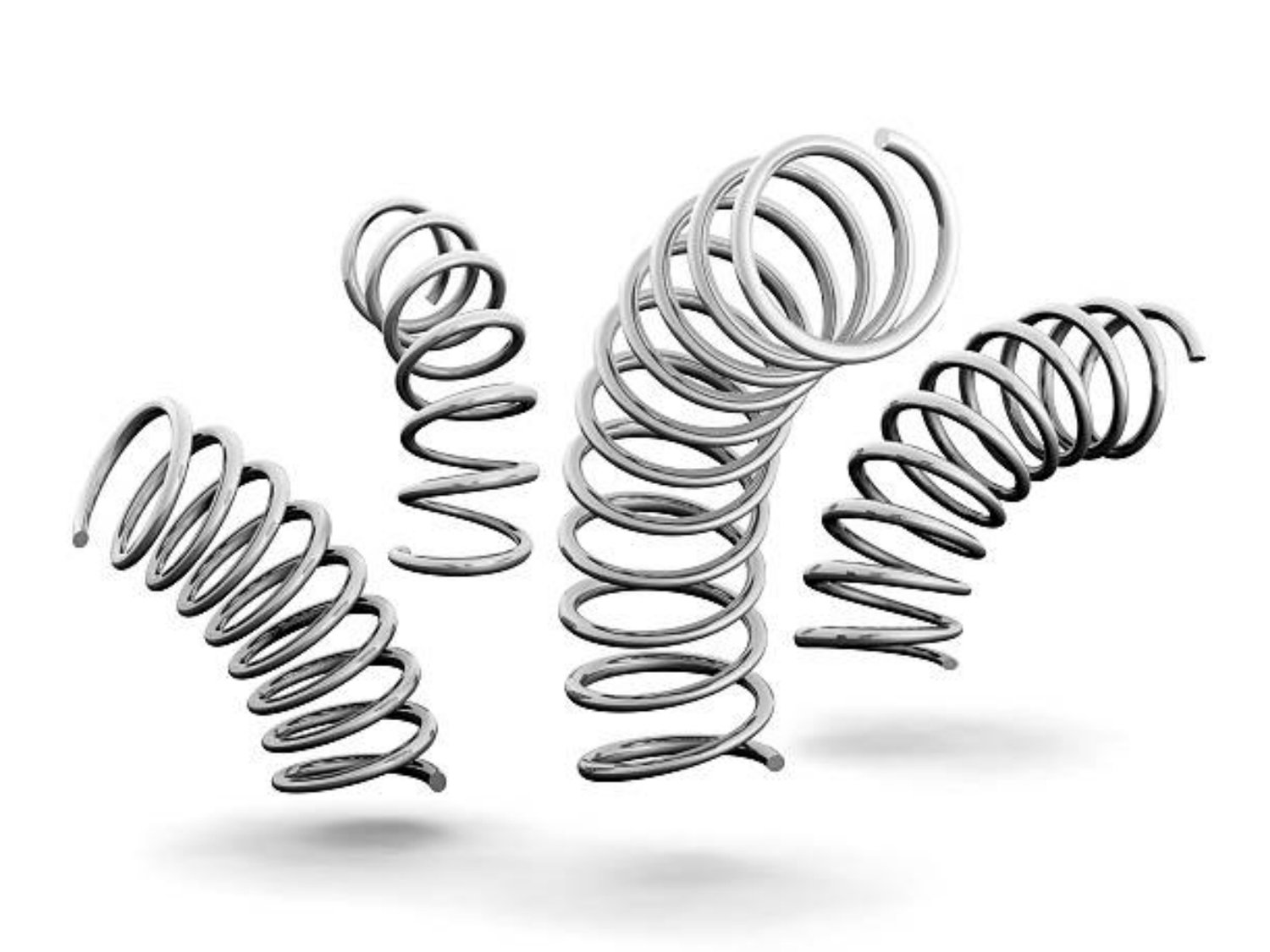The Lifespan of Tension Springs
When it comes to mechanical devices, one of the most important components is a tension spring. It is used in a wide variety of applications and has a significant impact on the overall performance of a machine, tool, or equipment. However, like any other component, it undergoes wear and tear over time, which can lead to its failure. So, How long do tension springs last?? Let's find out.
1. What Are Tension Springs?
Tension springs, also known as extension springs, are helical springs that are designed to resist force and extend when pulled. They have hooks, loops, or ends that can be attached to other objects to create tension. These springs are commonly used in garage doors, exercise equipment, toys, and various industrial applications to provide pulling or lifting force.
2. Factors Affecting Tension Spring Life
The lifespan of a tension spring is affected by several factors such as the material used, the frequency and magnitude of force applied, temperature, environment, and maintenance. High-quality materials such as stainless steel and music wire have a longer lifespan than cheaper materials like zinc-plated steel. Similarly, if a spring is subjected to excessive or constant force, it can lead to fatigue and breakage.
3. The Importance of Proper Installation
An often overlooked factor in the lifespan of tension springs is the method of installation. A badly installed spring can lead to friction or interference that can cause premature wear and damage. It is essential to follow the manufacturer's instructions and use the recommended tools and techniques to install the spring correctly. This can significantly increase the spring's lifespan and performance.
4. Common Signs of Spring Failure
As with any mechanical device, tension springs show signs of wear and fatigue before complete failure. Common signs of spring failure include reduced tension, elongation, deformation, or cracking. If you notice any of these symptoms, it is advisable to replace the spring immediately as using a damaged spring can lead to severe injury or damage to equipment.
5. The Lifespan of Tension Springs
The lifespan of a tension spring can vary depending on several factors, as mentioned earlier. Generally, a high-quality spring that is correctly installed and maintained can last for up to 7-8 years or 10,000 cycles. However, if a spring is subjected to extreme conditions or excessive force, its lifespan can be significantly reduced.
6. How to Extend the Lifespan of Tension Springs?
While tension springs have a natural lifespan, there are several ways to extend their life. One such way is to conduct regular maintenance, which involves inspecting the spring for signs of wear, lubricating it regularly, and cleaning it when necessary. Additionally, reducing the force applied to the spring, avoiding sudden shocks or impacts, and protecting it from harsh environments can help extend its lifespan.
7. When to Replace Tension Springs?
As mentioned earlier, if you notice any signs of wear or fatigue in the spring, it is advisable to replace it immediately. Additionally, if the spring is used in critical applications, such as aircraft or medical equipment, it is recommended to replace it after a specific number of cycles or after a certain period, as specified by the manufacturer.
8. The Importance of Using Quality Tension Springs
Finally, the importance of using high-quality tension springs cannot be overstated. Using cheap or low-quality springs can lead to premature wear, breakage, or failure, which can result in significant injury or damage to equipment. By investing in quality springs and following the best practices for installation and maintenance, you can ensure the long-term performance and safety of your equipment.
9. Conclusion
In conclusion, tension springs are essential components in a wide variety of applications. Their lifespan depends on factors such as material, force, environment, and maintenance. By following the best practices for installation, maintenance, and using high-quality springs, you can extend their lifespan and ensure their safety and performance.

